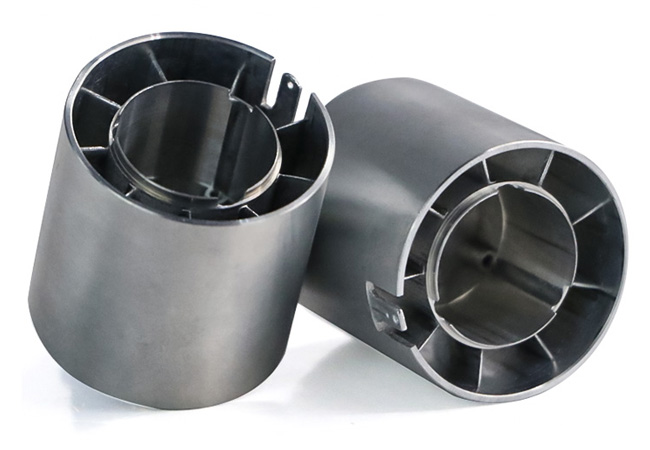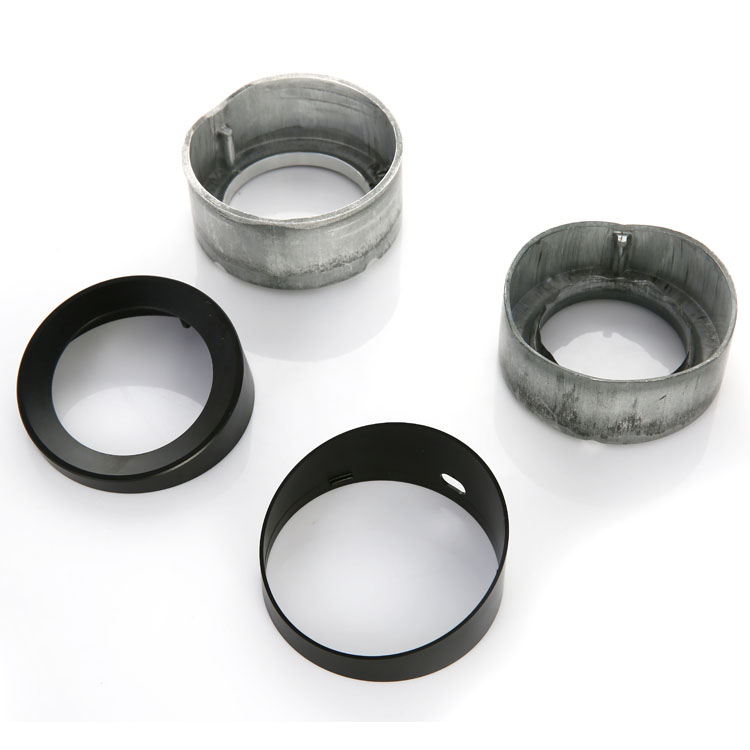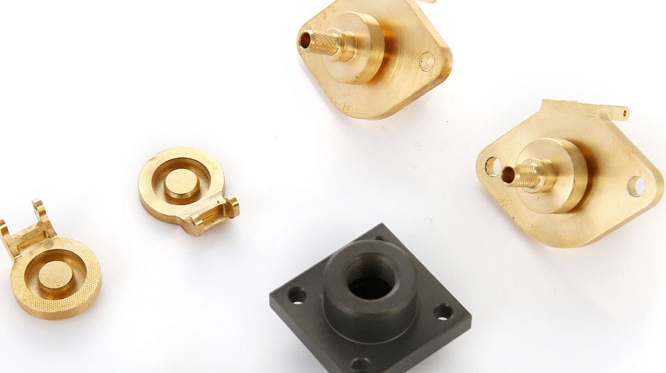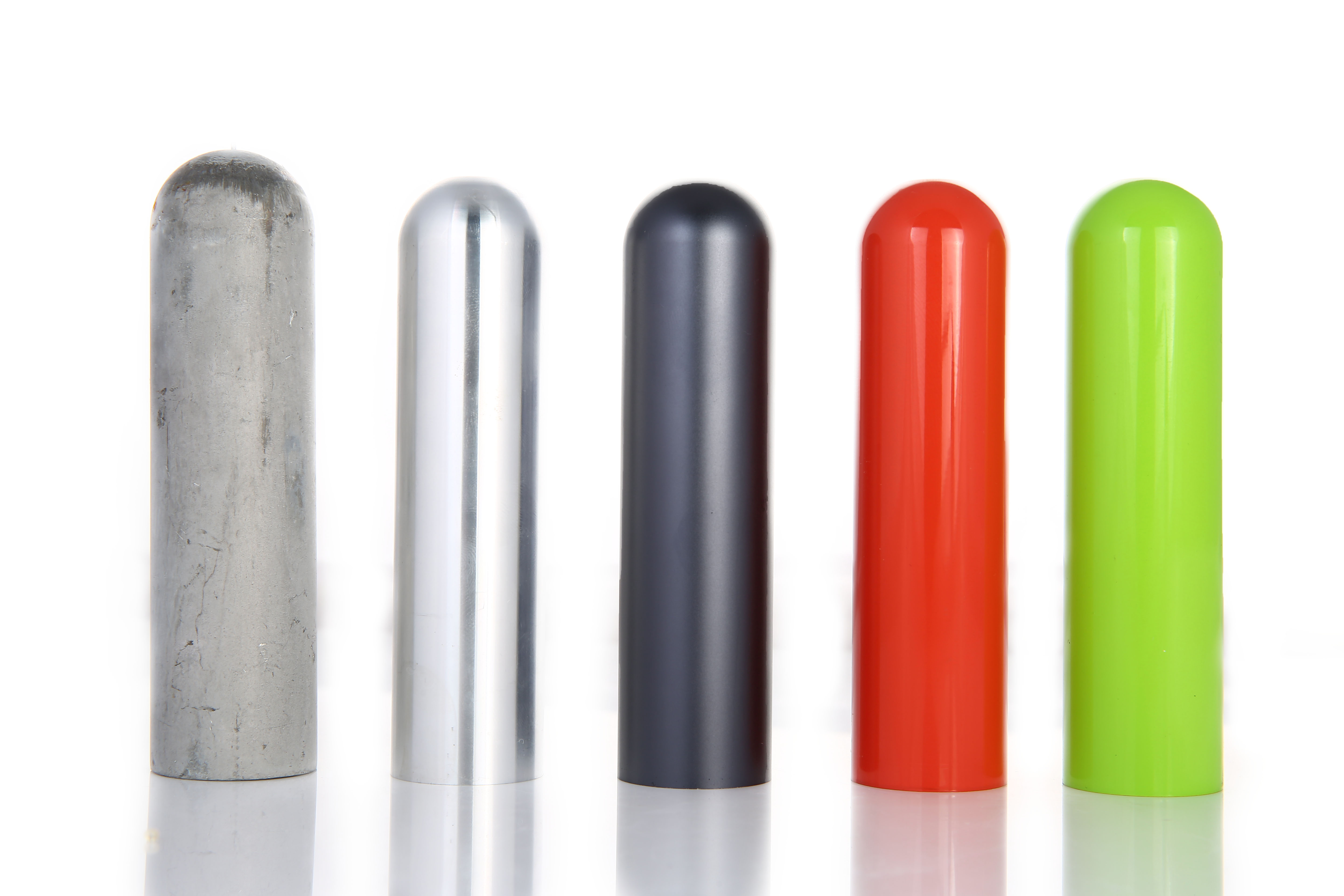What is Forging?
Forging is a processing method that uses forging machinery to apply pressure to metal blanks to produce plastic deformation to obtain forgings with certain mechanical properties, certain shapes and sizes. Forging (forging and stamping) is one of the two major components. Forging can eliminate defects such as loose as-cast during the smelting process and optimize the microstructure. At the same time, due to the preservation of the complete metal streamline, the mechanical properties of forgings are generally better than those of castings of the same material. For the important parts of related machinery with high load and severe working conditions, in addition to simpler shapes that can be rolled, profiles or welded parts, forgings are mostly used.
Forging methods can be divided into cold forging and hot forging according to the machining temperature. Cold forging is carried out at room temperature or lower temperature, while hot forging is carried out at high temperature.






